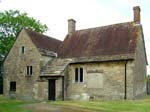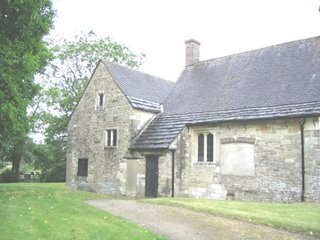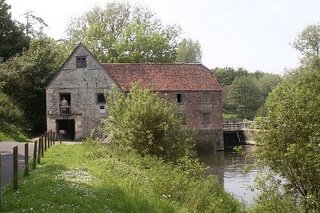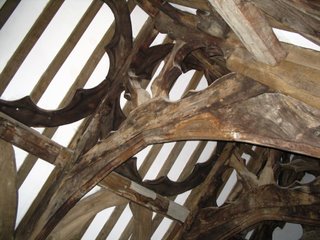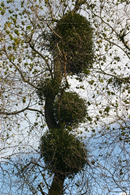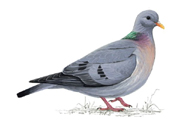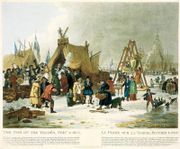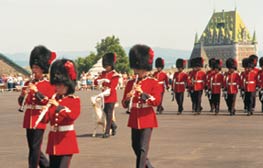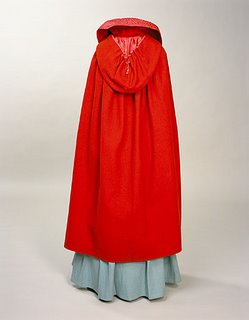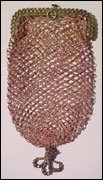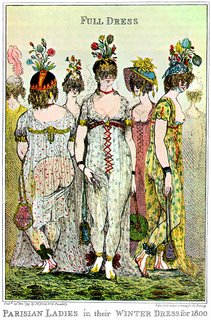
My youngest daughter came home for Christmas from University and along with my older daughter and my husband we dogsat for my brother-in-law, while they went skiing. I made a traditional English Christmas Pudding - eaten with sugar and cream (rich dear, very rich) and of course we had turkey. Goose might have been more normal in earlier times, and I have made at least one. Let me tell you, turkey is fast food by comparison.
I did make my famous bread sauce (Deliah darling), very English and also very fattening. It is delish with Turkey or any other kind of fowl, and also a chestnut stuffing -- to die for. If you are interested in the recipes let me know.
 I am readying a New Year post for you, and as promised an article on Regency Fashion that I am sure you will find interesting.
I am readying a New Year post for you, and as promised an article on Regency Fashion that I am sure you will find interesting.Also coming up will be January Flora and Fauna, and some tid-bits about events during Januaries of the Regencies. In the meantime, I hope you all had a wonderful Christmas, or a great holiday season.
I am leaving up the Christmas article for a few days more because after all there are twelve days to Christmas.
The following is a letter, which I have taken the liberty of editing to make it more readable. It was originally printed in The Gentleman’s Magazine December 1832 and written by the Vicar at Scopwick in Licolnshire.
Once again you will see that many of the traditions we hold to today, were in place during the Regency and they were very old then.
At this season the poor and indigent solicit the charitable aid of our more wealthy neighbours, towards furnishing a few necessary comforts to cheer their hearts at this holy but inclement season. Some present them with coals, others with candles, or corn or bread or money. It is a benevolent custom and merits encouragement, although sometimes abused; and it may be traced to a very high antiquity in this island; for the Druids, at the same season of the year, sent people around with a branch of the consecrated mistletoe to proclaim in each dwelling a happy new year; in return for which they expected a small gratuity.
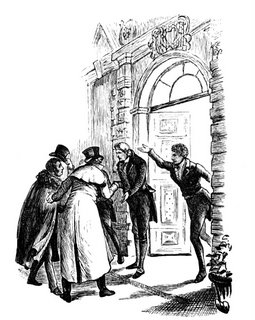
In the day time our ears are saluted with the dissonant screaming of Christmas carols, which the miserable creatures sing who travel from house to house with the Vessel Cup. This is the name given to a small chest, which incloses an image, intended to represent the sacred person of our Saviour Jesus Christ. Some of these vessels contain two figures of different dimensions, to pourtray the Virgin and the infant Saviour. In either case, an apple is introduced, covered with gold leaf. It is reputed unlucky to dismiss the singer without a present. The custom is rapidly falling into disuse.

But Christmas Eve is the time of gaiety and good cheer. The Yule Log blazes on the fire; the Yule Candle burns brightly on the hospitable board, which is amply replenished with an abundance of Yule Cake, cut in slices, toasted and soaked in spicy ale and mince pies, decorated with strips of paste disposed crossways over the upper surface to represent the rack of the stable in which Christ was born; and the evening usually concludes with some innocent and inspiring game.
This next is some information I gleaned from elsewhere
Games such as hoodman blind (one assumes blindsman buff), shoe the wild mare, hot cockles [I have heard my mother-in-law at 94 speak of this, must ask her how it goes], steal the white loaf, bob apple [bobbing for apples no doubt, apples held a special place at Christmas, probably because the fruit would keep until then if stored in a cool attic or cellar] and snapdragon.
Back to our letter
A portion of the Yule Cake must necessarily be reserved for Christmas Day, otherwise, says the superstition, the succeeding year will be unlucky. A similar fatality hangs over the Plum-cake provided for the occasion unless a portion of it is kept till New Years Day. [I must say I did not know this. I will be save a bit of my xmas pud for New Years for sure, this year. I think if you don't know it is bad luck you are fine. But once you find out.......]
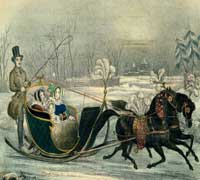
If you would like to experience a Regency Christmas you can plan it for next year. The Royal Pavilion in Brighton runs a festive tour and seasonal music in December after hours. Mulled wine and mince pies are followed by a tour of the Pavilion ending in the magnificent Music Room where the Wandering Minstrels will entertain you with traditional and Old Sussex carols. The Jane Austen Centre in Bath also does some interesting things around Christmas.
I think it is time to look at some fashions again. I have lots and lots of plates to share. So that will be my gift to you (and to me). More Regency fashion.
Happy rambles.


